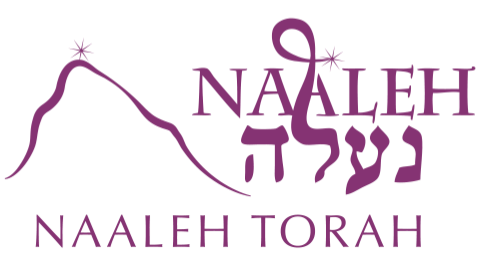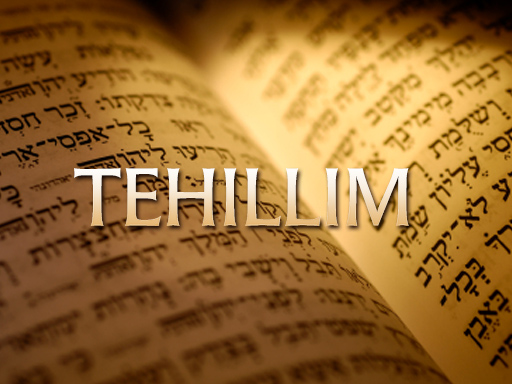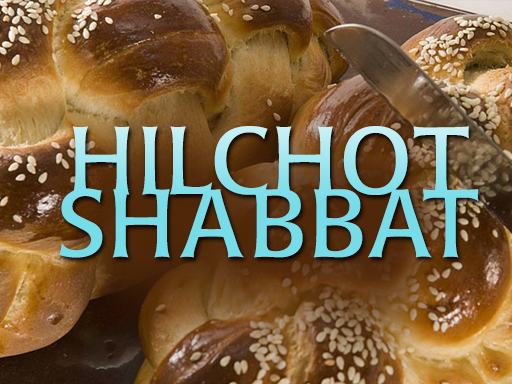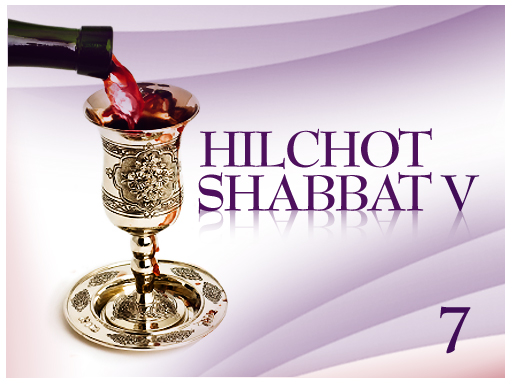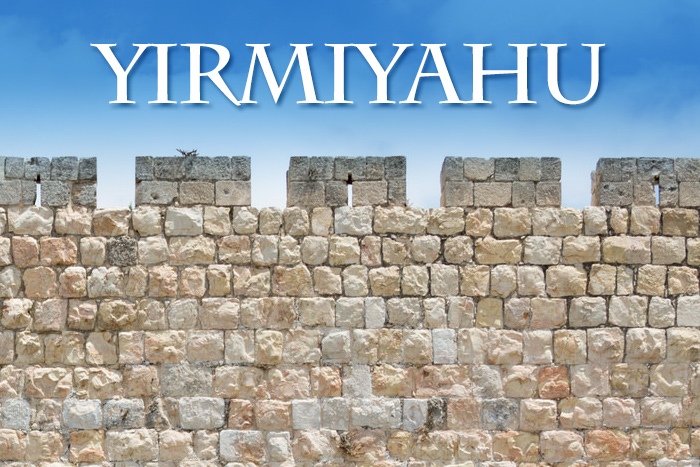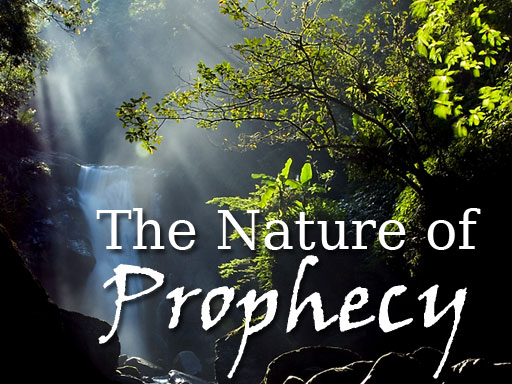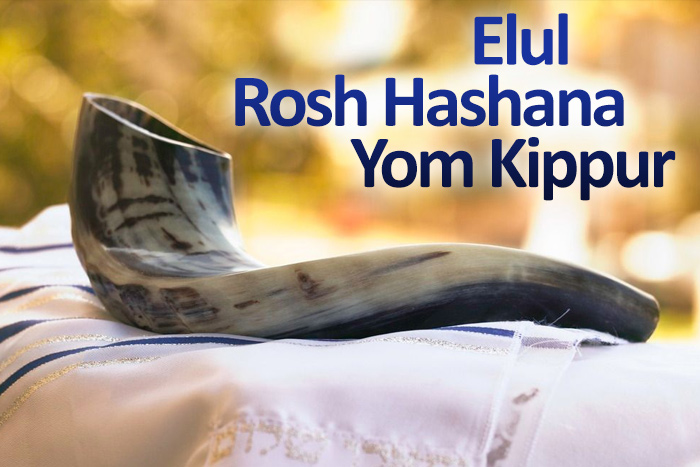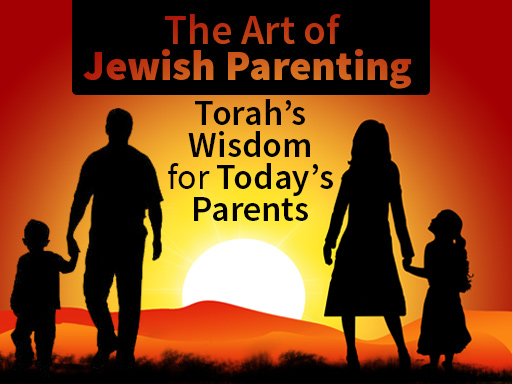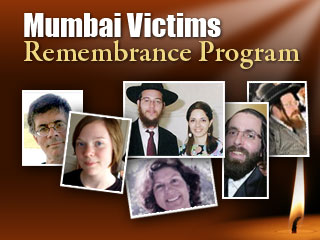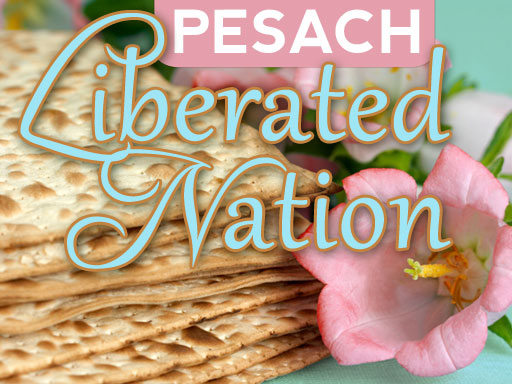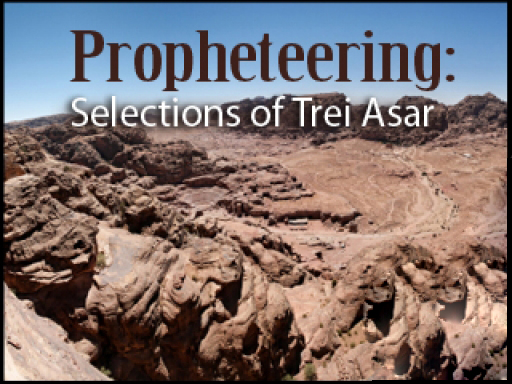Perek 80, Part 1: G-d’s Vineyard
Posted onIn this Torah shiur (class) on Tehillim, Rabbi David teaches mizmor 80, which describes the Jewish Nation as a vineyard that has been broken into and trampled, and begs Hashem to tend to His vineyard again. This perek has many thematic and linguistic comparisons with mizmor 44 and 79, which are pointed out and explained in the class.
